Here are a set of nice but random photographs I have taken over the past few months. Anyone who knows me would know that I take hundreds of photos every week and so it is always hard to edit it down.

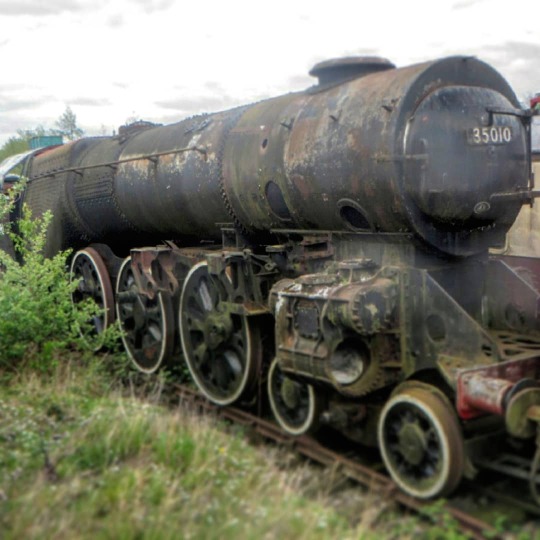
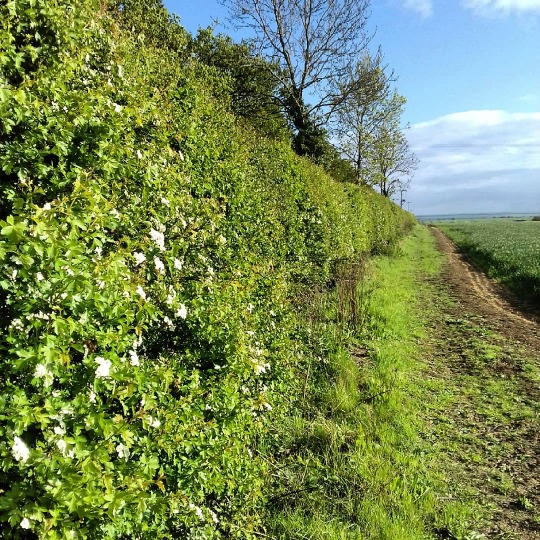
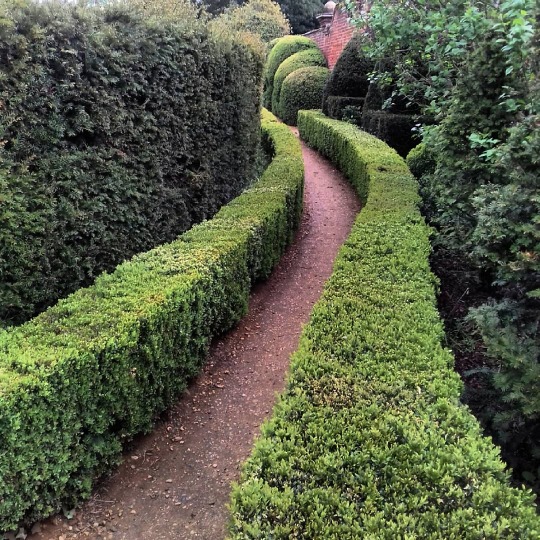
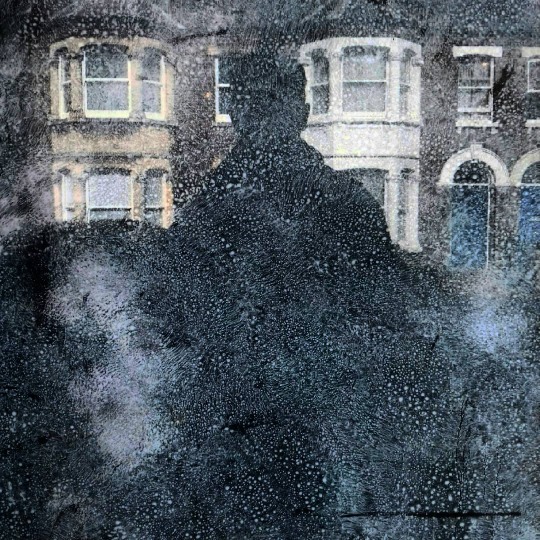
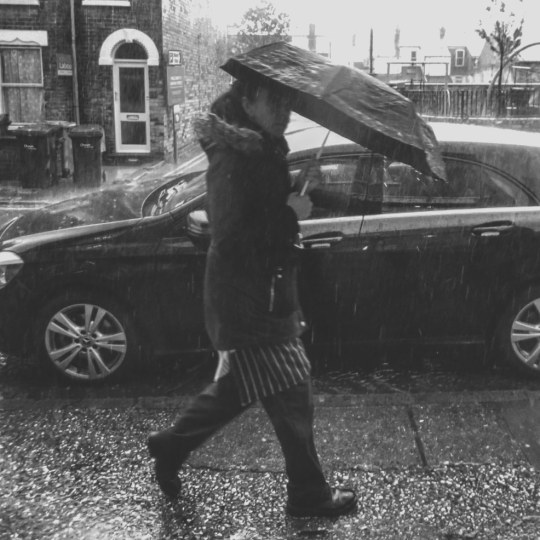
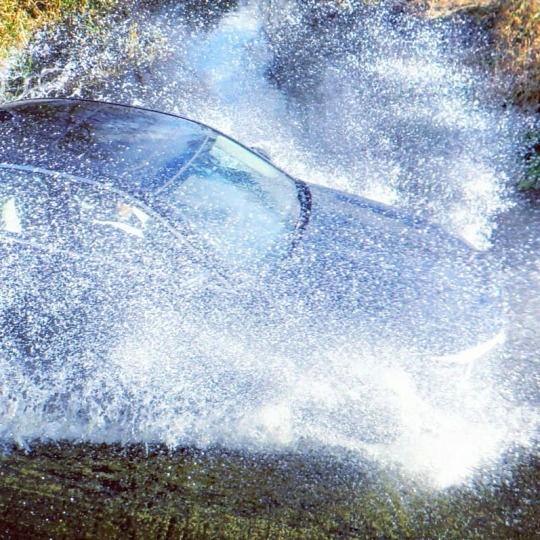
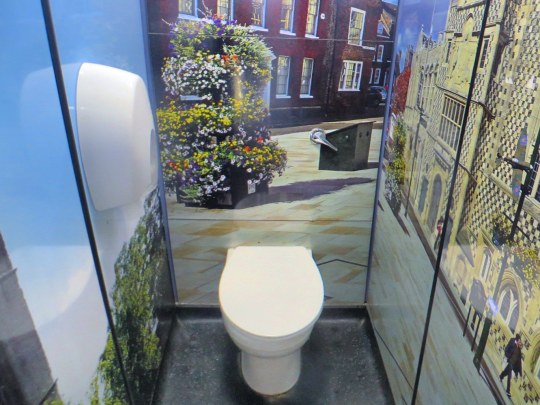

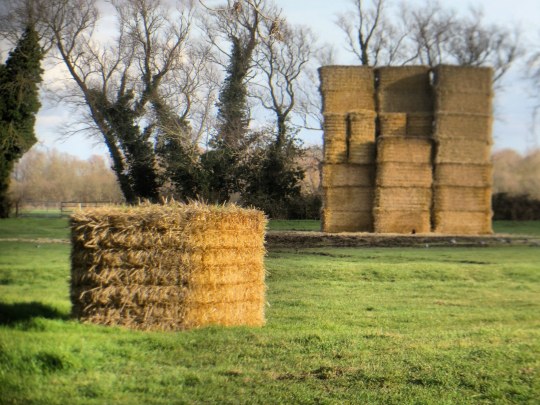
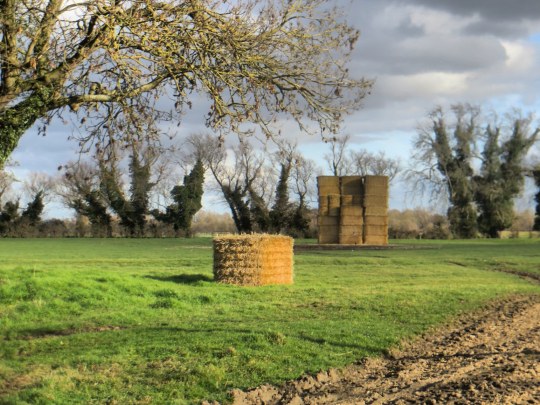
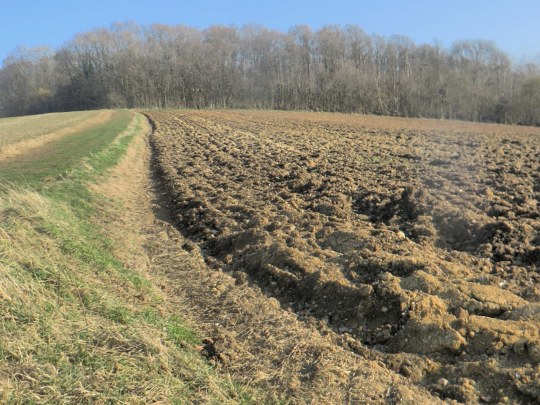
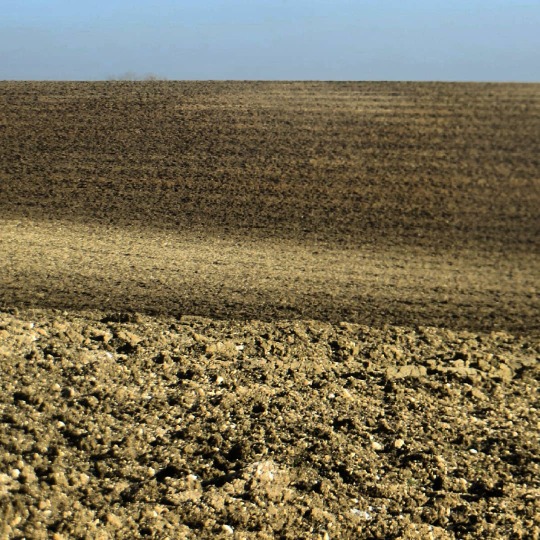
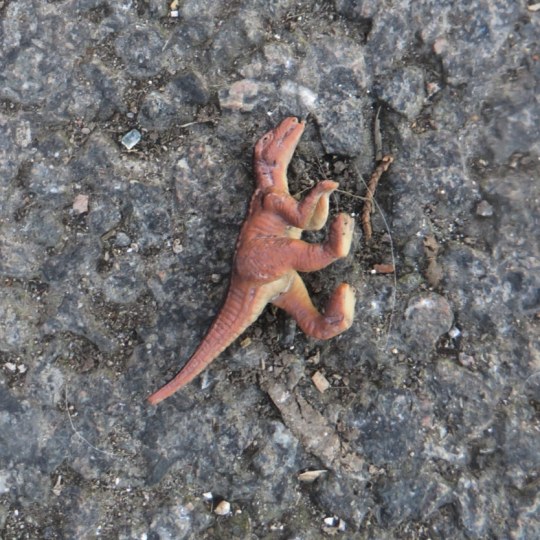


Here are a set of nice but random photographs I have taken over the past few months. Anyone who knows me would know that I take hundreds of photos every week and so it is always hard to edit it down.
















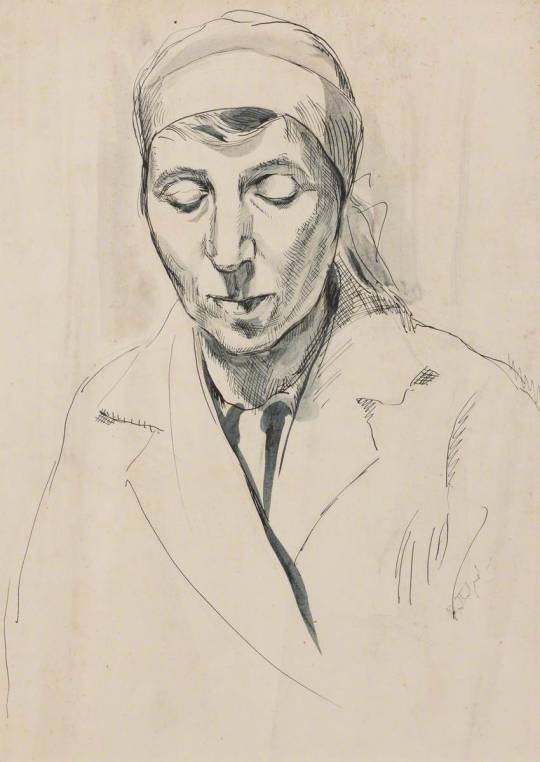
Rosemary Ellen Rutherford, was an artist and designer of stained glass windows. She was born in Kings Norton, Worcester in 1912. Her father was Revd John Finlay Rutherford. She studied at the Slade School of Fine Art and in 1939 she became an artist and part-time teacher at St Cedds School, Chelmsford, living at The Vicarage, Broomfield, Chelmsford with her parents.
She also was a student of painting with Cedric Morris at Benton End, Hadleigh, Suffolk. Rutherford was among the earliest students joining the East Anglian School of Painting and Drawing in 1939 at the age of seventeen. Many of her oil paintings have the colour tone and brushwork similar to Cedric Morris.
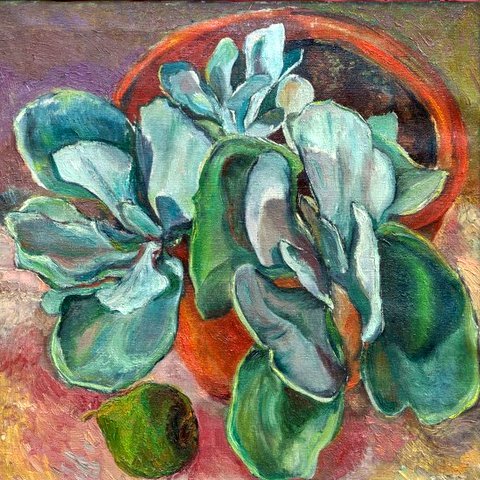
On the outbreak of the Second World War, Rosemary joined the Red Cross as a volunteer when she performed a variety of jobs, including driving a mobile canteen round gun batteries on the east coast and working as a nurse in hospitals and convalescent homes for servicemen.
She was given permission by the War Artists Advisory Committee (W.A.A.C) to record her work artistically. Many of the works of the time are simple line drawings with watercolour made on the spot, I haven’t seen any other examples of them having been worked into oil paintings after. Despite this she is principally known as a stained glass artist.

Her work is in the Suffolk churches at Boxford, Walsham le Willows and in Hinderclay, where her brother, John Allarton Edge Rutherford (1910-2005), was the incumbent, she also completed stained glass windows in several Essex churches and as distant as West Heslerton All Saints, Yorkshire in 1964. She was of The Priory, Walsham le Willows, when she died at Lambeth, London on 20 June 1972.
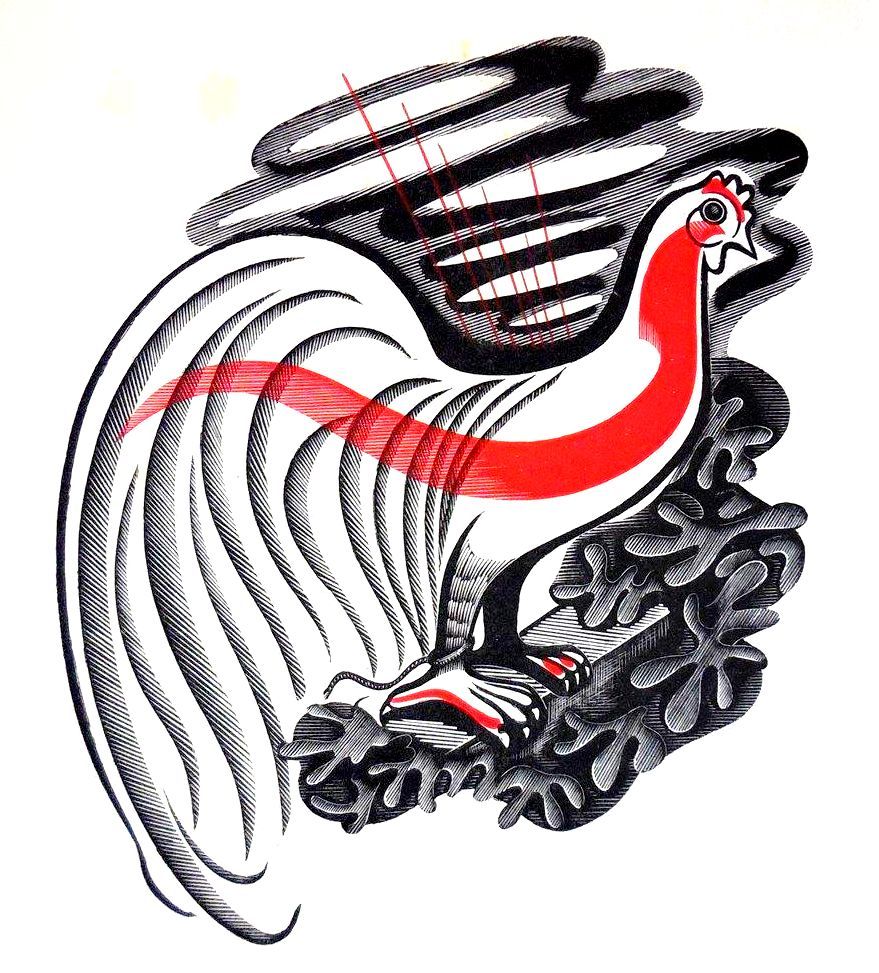
This is a simple post on beautiful illustrations inside The Escaped Cock by D. H. Lawrence, this was Lawrence’s preferred title for this tale but it has also been printed under the title The Man Who Died by some later, more prudish publishers.
In February 1930, the dying Lawrence was negotiating about an unlimited edition with the London publisher, Charles Lahr. Lahr asked for the title to be changed to The Man Who Died and Lawrence eventually agreed, insisting that the original title should be retained as a subtitle. This projected Lahr edition failed to appear, and the first English edition was eventually published by Martin Secker in September 1931 as The Man Who Died, a title never approved by the author. †
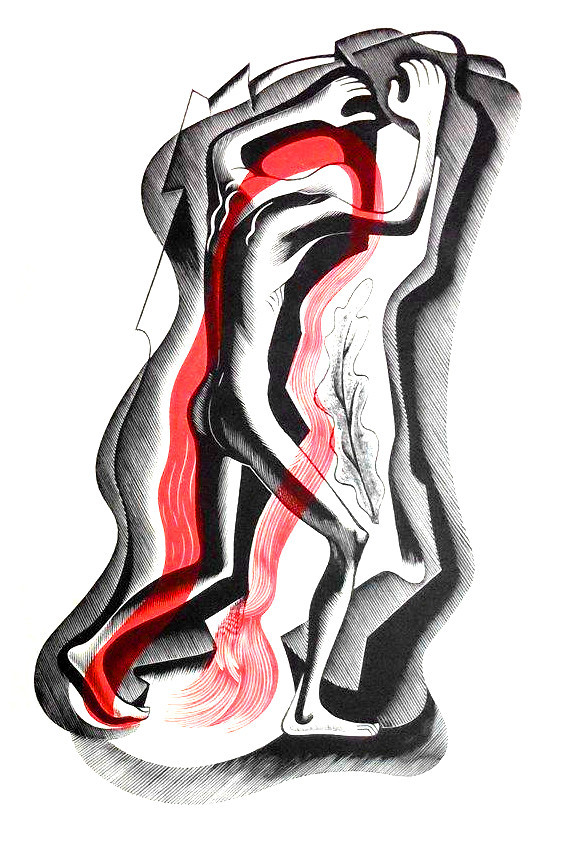
The first edition was illustrated with wood-engravings by John Farleigh.
Farleigh was born in London. He was apprenticed to the Artists’ Illustrators Agency and later studied at the Central School of Arts and Crafts, London, learning engraving from Noel Rooke. He taught for many years at the Central School of Arts and Crafts. He was also a founder and long time Chairman of the Crafts Centre of Great Britain.
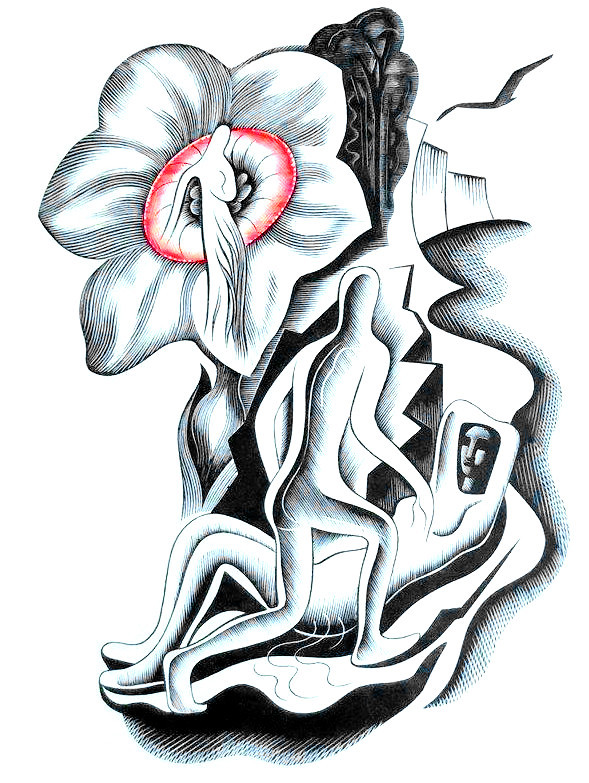
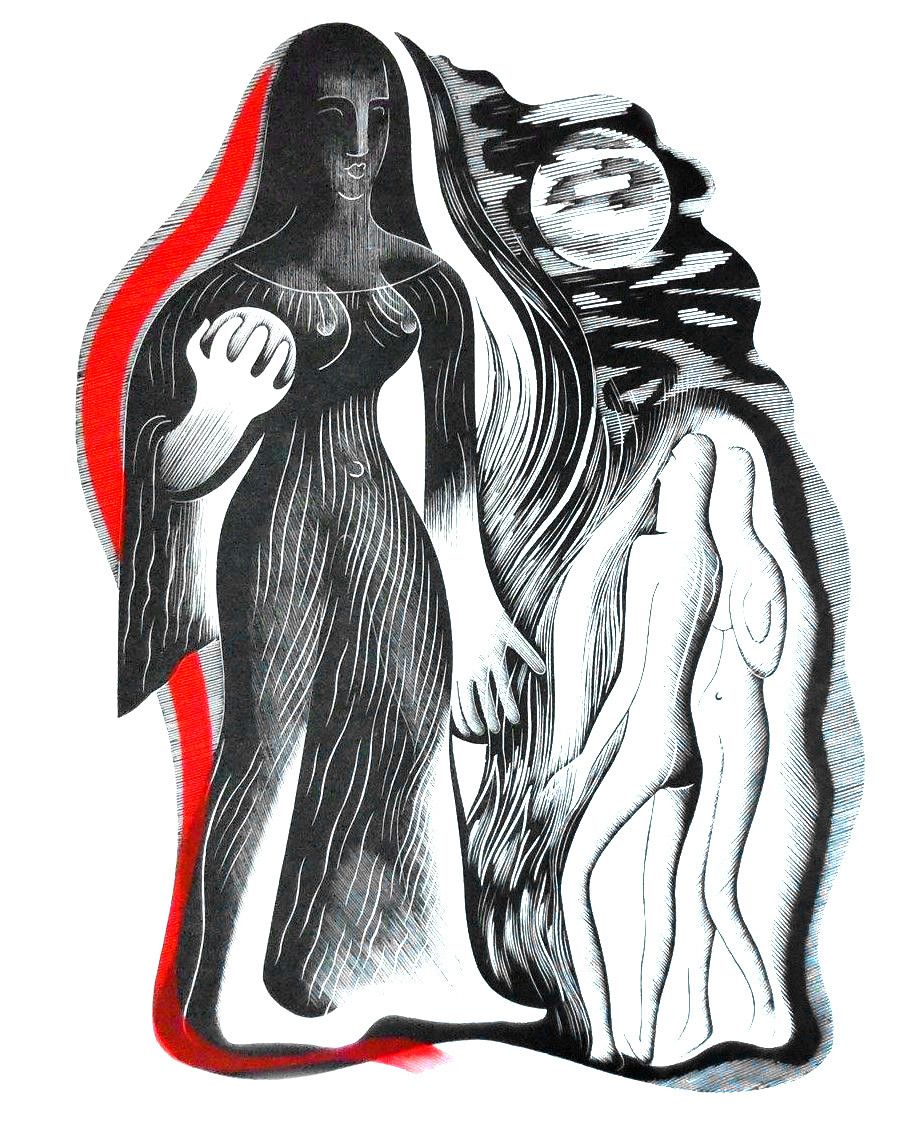
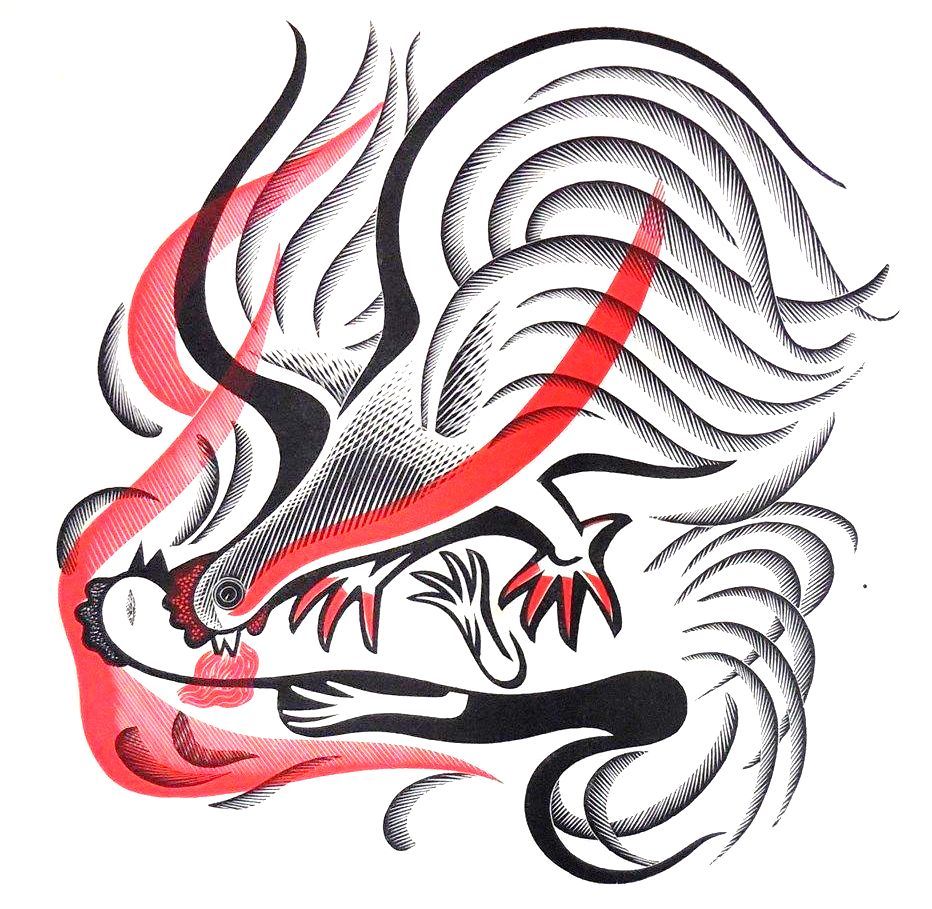
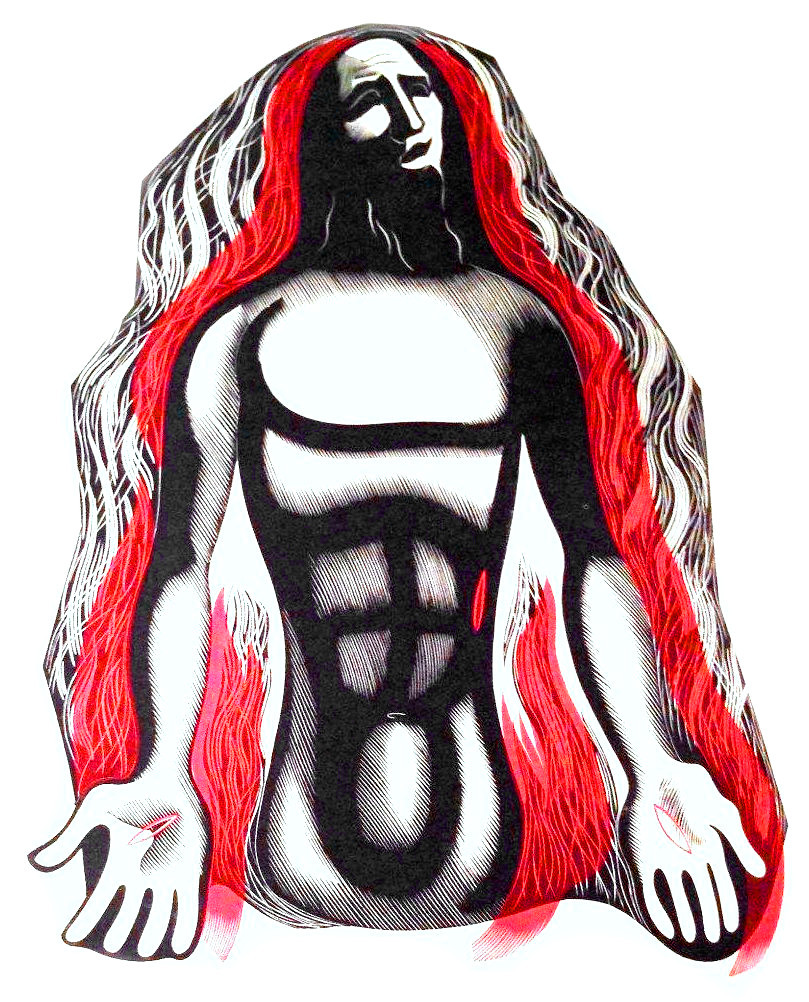
† Wikipedia – The Escaped Cock
I thought I would feature this Mine as an unlikely source of inspiration. I came across two works on the same day and I thought it was nice to show an alternative to artistic inspiration in Cornwall other than St Ives.
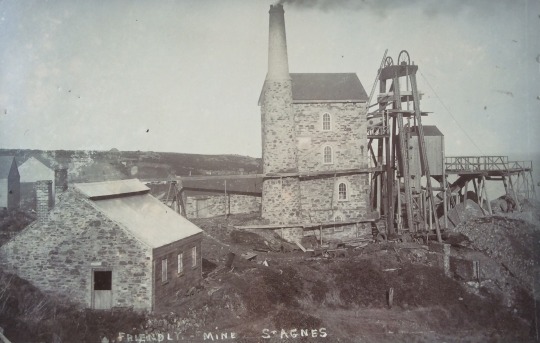
Sammy Solway – Wheal Friendly Mine, 1905
The Wheal Friendly Mine in Cornwall was a small tin mine at St Agnes which formed part of the more famous and rich Wheal Kitty tin mine. It was operating prior to 1863 but was out of use and abandoned by 1930. Below it is imagined when working from a 1966 Match box cover.

Below is a photograph of the mine by John Piper taken when he was researching the Shell guide for Cornwall. It is a romantic ruin but also looks like an outpost for Mars.
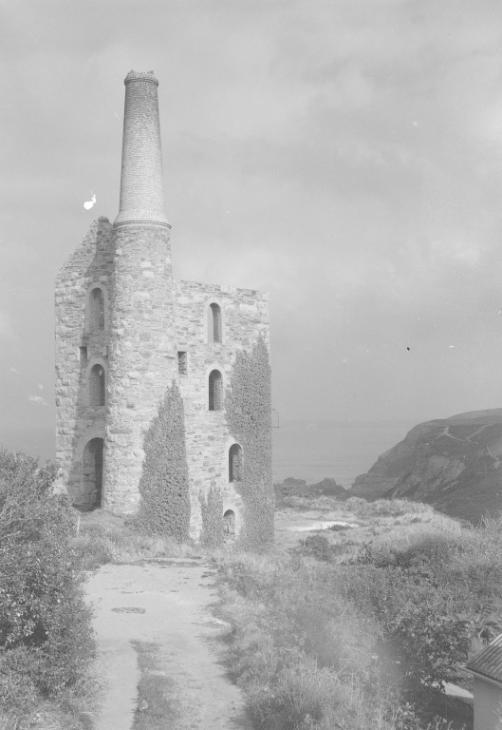
John Piper – Wheal Friendly tin mine engine house, St Agnes, Cornwall, 1933
The last picture is a painting by Olive Cook for the Recording Britain project. For Olive Cook it is a rather lovely watercolour.

Olive Cook – Tin Mine, St. Agnes, North Cornwall c1940.
Here is a series of prints I made as a student. Time gives a distance of how you feel about work made but I was clearly angry about the wars happening and going on in these prints. Many of the images were constructed and then printed after.
I liked the mess of printing things wrong, I thought it gave more texture to it all and I enjoyed the abstract nature of making things. At this time I only really knew the works of Michael Rothenstein and had seen a few Robert Rauschenberg prints in books.
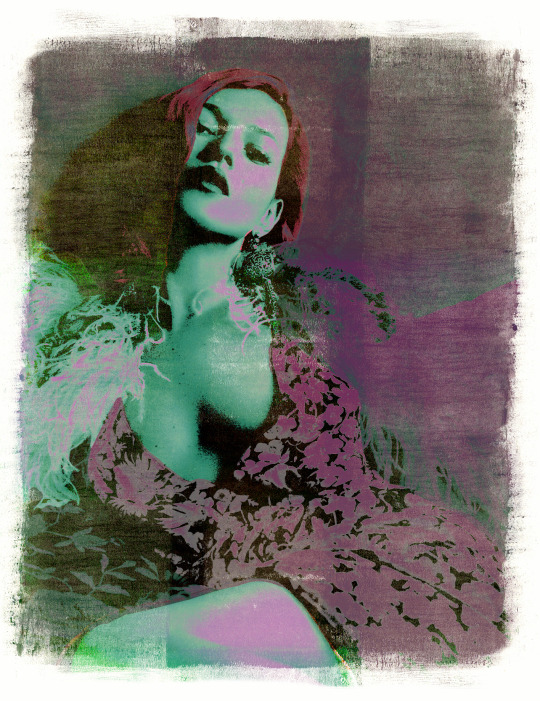
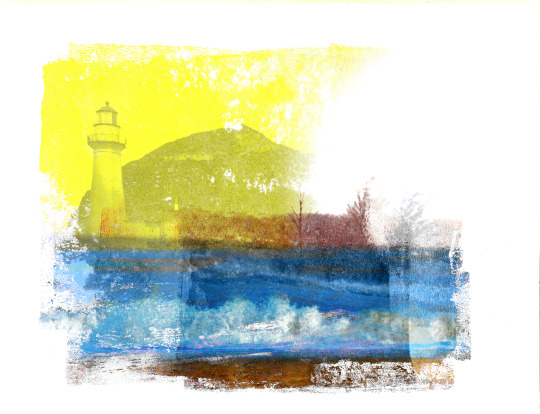
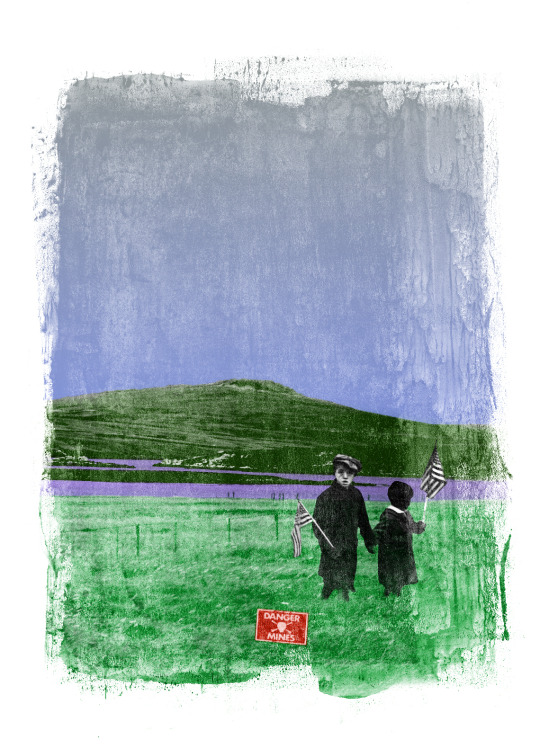

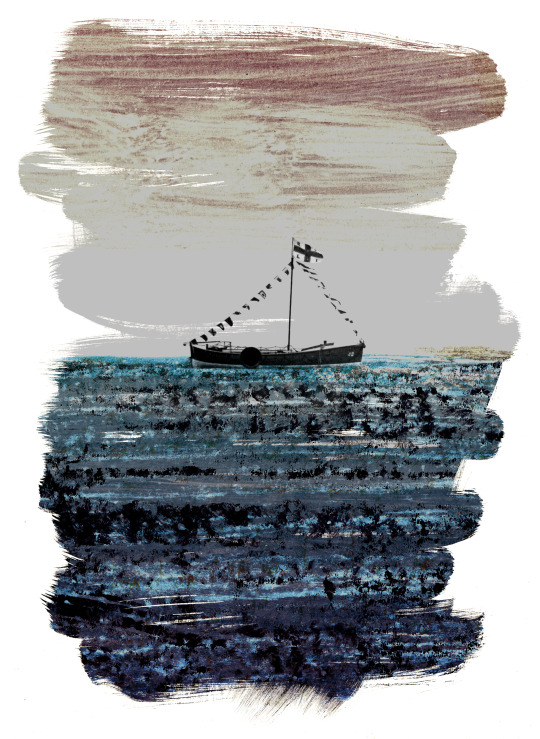
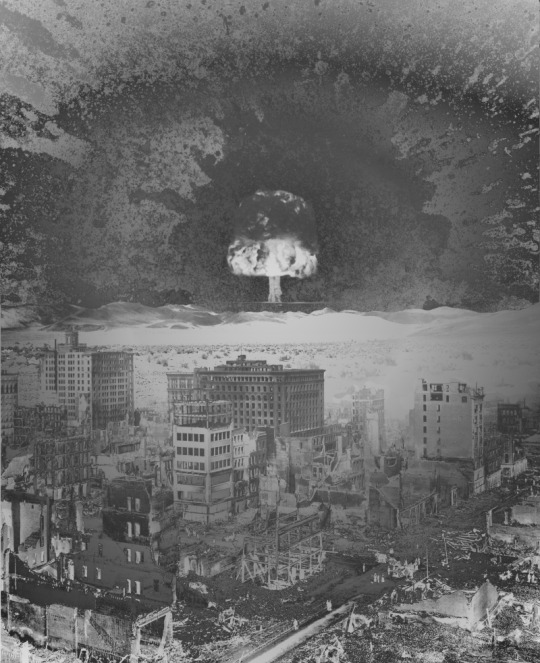
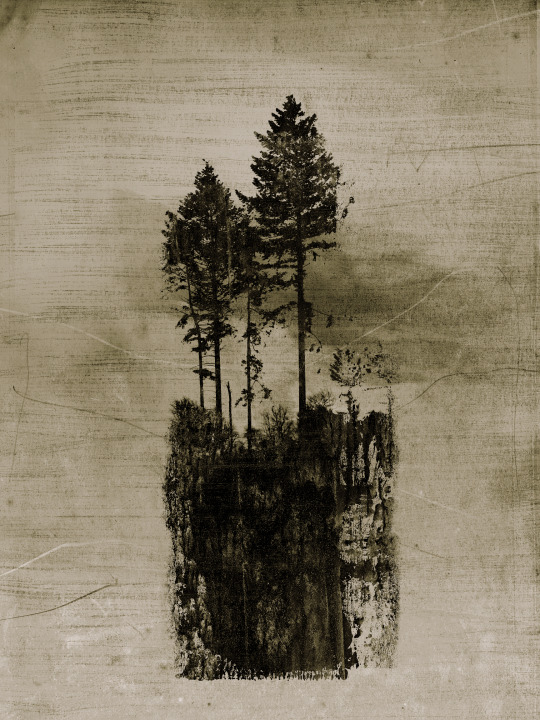

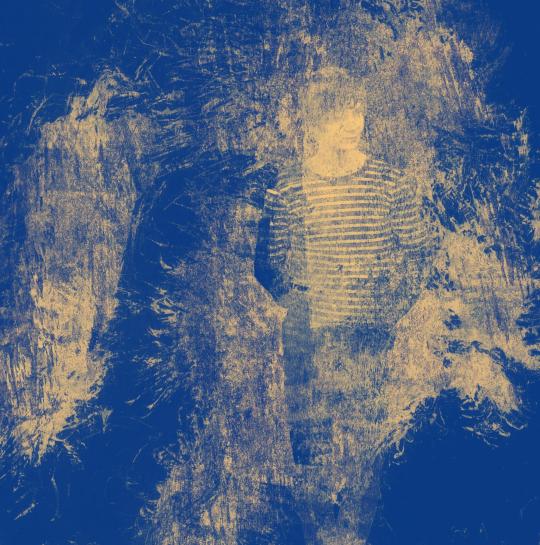

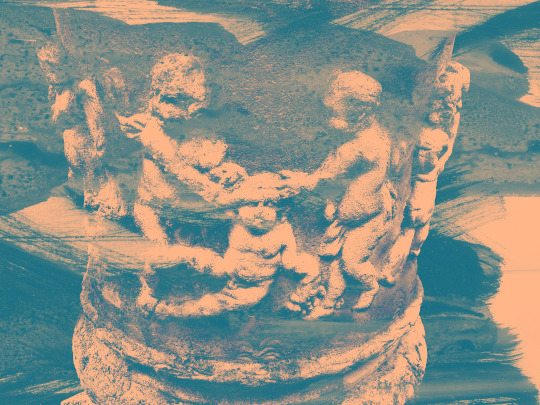
I found myself looking at the vinyl re-release of Pink Floyd’s ‘Division Bell’ in a record shop. Being twelve inches it is much larger than the CD format of five inches, but still people fail to notice what is between the mouths of the sculptures, Ely Cathedral.
The photographs were taken by the difficult to like Storm Thorgerson. In a past life I have many debates over what makes a great album cover, but in the end there is nothing other than public exposure that makes a record cover great in the public’s mind. The Dark Side of the Moon record sleeve with the simple design is beautiful, but the best way to make something iconic is for it to be seen everywhere, like an icon. The photographs of Division bell are beautiful.
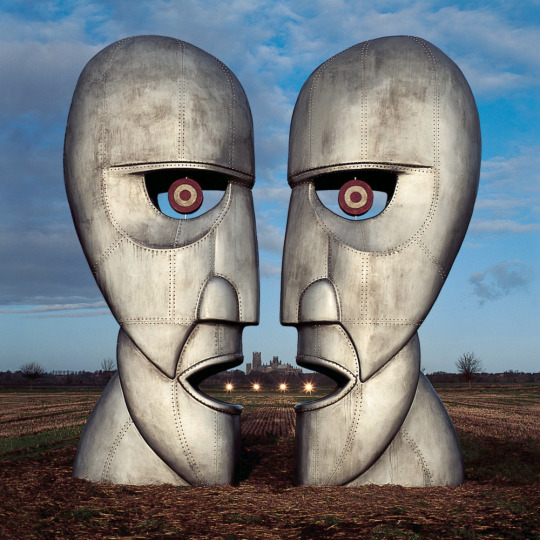
Storm Thorgerson’s cover to Pink Floyd’s Division Bell.
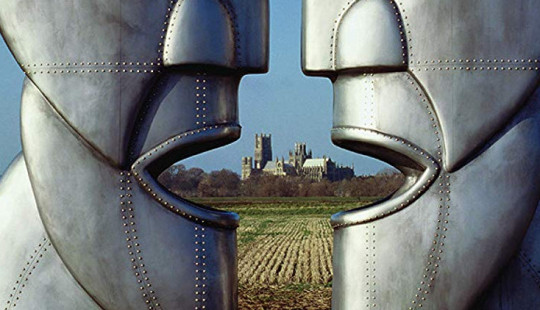
The original sculpture design was by Keith Breeden. They look like African masks and jet engines. They are an intriguing design. The eyes look like RAF logos. Being curved and shaped as they are, the light affects them at different times of the day and locations giving the photographer a lot to work with.
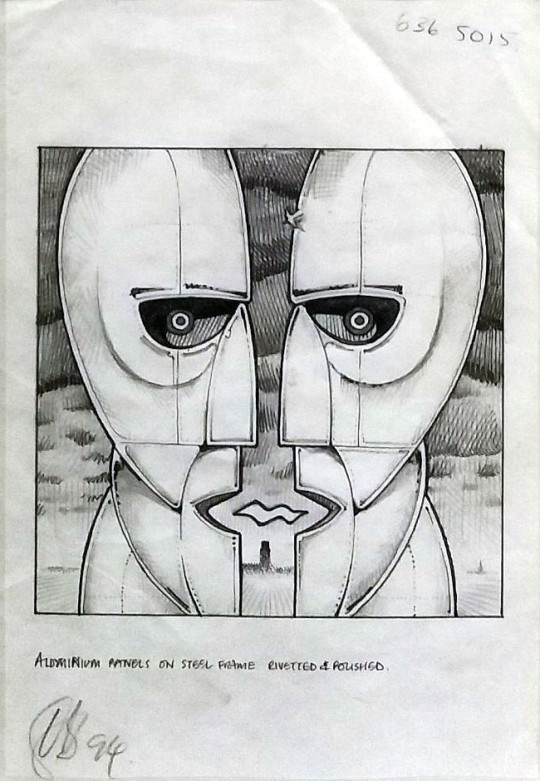
Keith Breeden’s original sketched design for the heads.
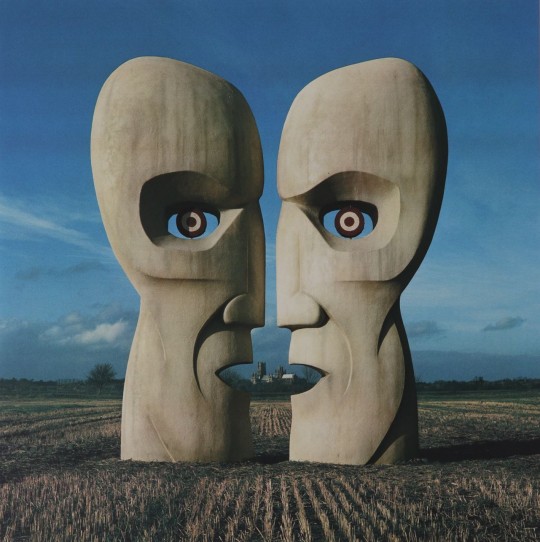
Below the sculptures can be seen being wheeled into the V&A for the Pink Floyd exhibition held in 2017.
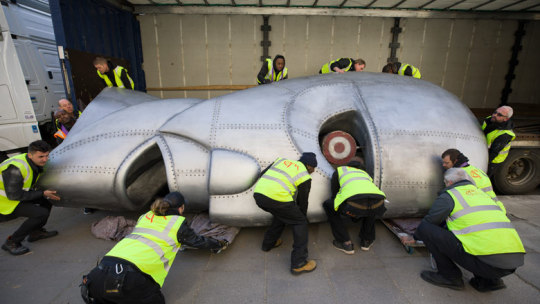
The Academy was a cinema located at 165 Oxford Street, London. Replacing another cinema, in 1931 the Academy opened, becoming London’s pre-eminent art house cinema, and for over 50 years introduced British audiences to major films, beginning with auteurs such as Jean Renoir and Marcel Carné; in later years the Academy largely established the reputations of Ingmar Bergman, Andrzej Wajda, Satyajit Ray, Jean-Luc Godard, Miklós Jancsó and others in Britain.
The Academy’s high standards were maintained by a succession of three managers: Elsie Cohen, George Hoellering and Ivo Jarosy. The cinema was damaged during a bombing raid in 1940 and re-opened in 1944.
In 1948, in order to remedy the lack of initiative shown by the Tate Gallery (and other institutions) in informing the British public about contemporary artistic movements, the ICA (with offices in Charlotte Street) mounted its first exhibition, ‘40 Years of Modern Art: a Selection from British Collections’. The ICA signalled its new approach to the arts by choosing the basement of the Academy rather than an already sanctified ‘art space’. Organised by Roland Penrose, this groundbreaking exhibition opened in February 1948 included works by Pierre Matisse, Pierre Bonnard, Pablo Picasso, Salvadore Dali, René Magritte and Vassily Kandinsky, as well as British contemporaries Francis Bacon, Eduardo Paolozzi, Victor Pasmore and Barbara Hepworth
Academy One opened in May 1964, the small Academy Two in March 1965, and Academy Three in April 1967 after some considerable strengthening and rebuilding in the basement. Hoellering died in 1980; the theatres closed permanently on 2 April 1986 and were demolished in 1989.
These posters are all designed by Peter Strausfeld and I really love the alternative take on poster design with a simple illustration to sum up the film. Poster design is rarely uniform but somehow Strausfeld’s style and punchy bold typefaces make for a beautiful combination.
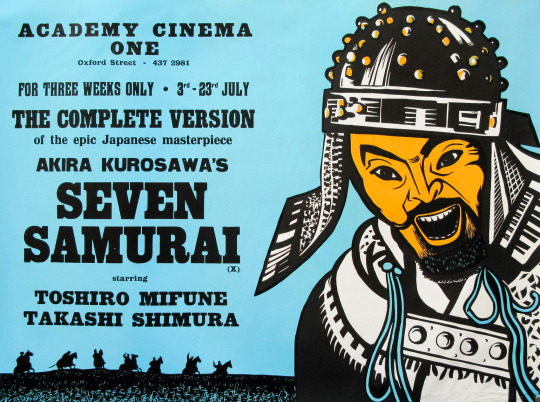

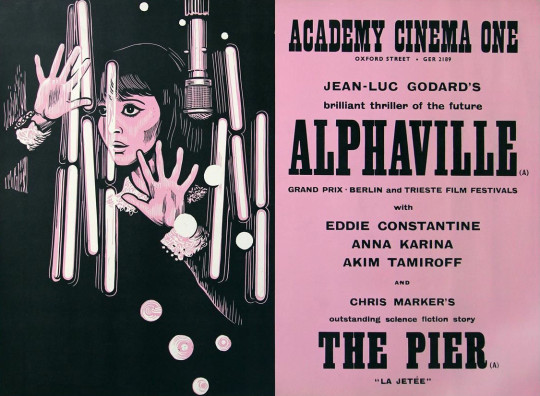
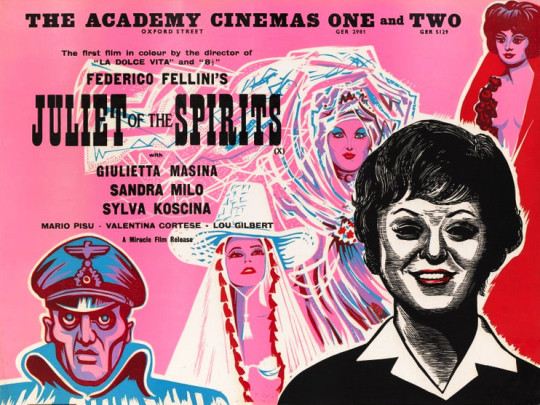
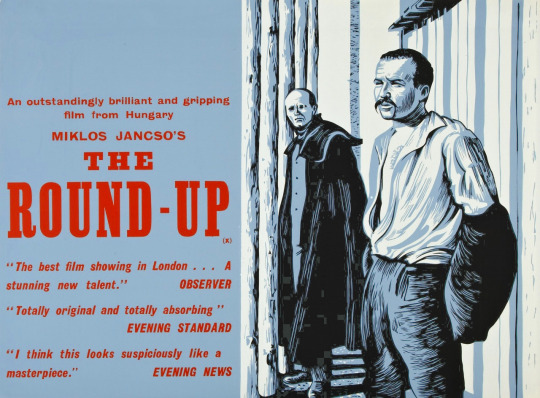

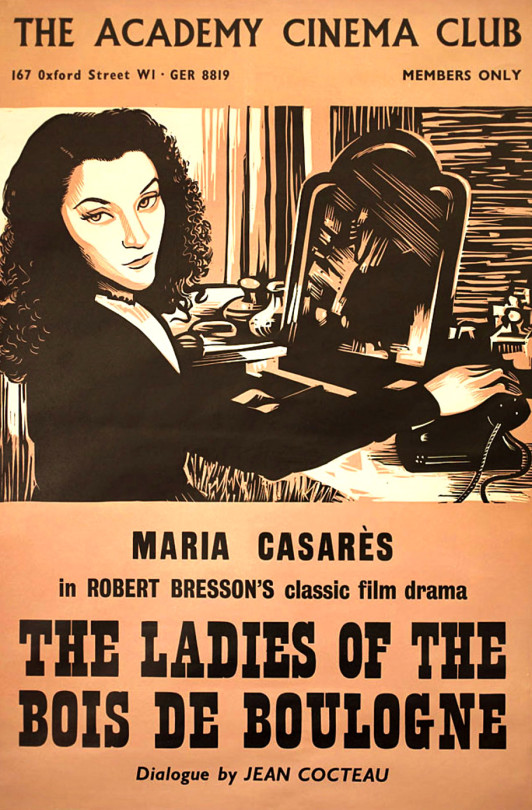
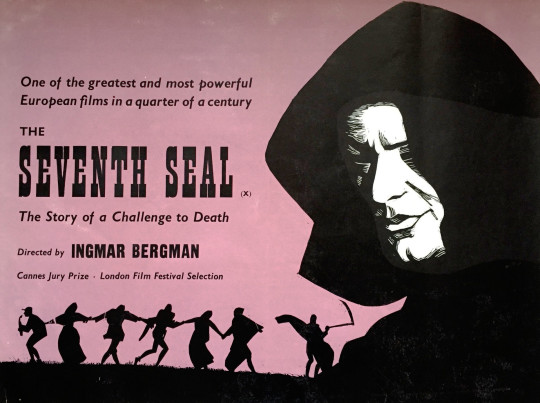
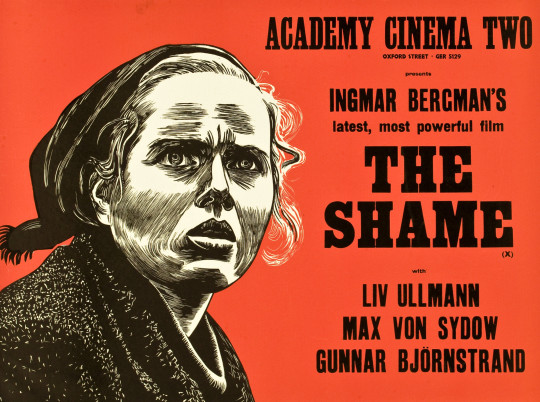
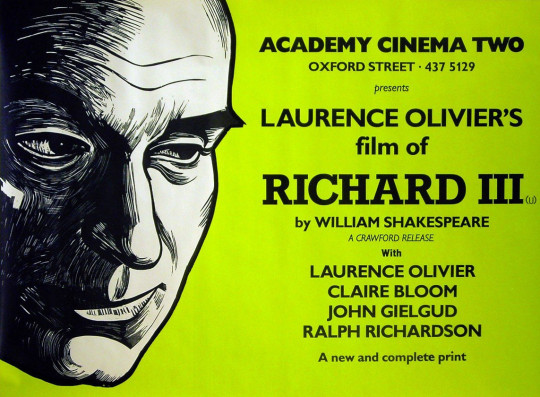
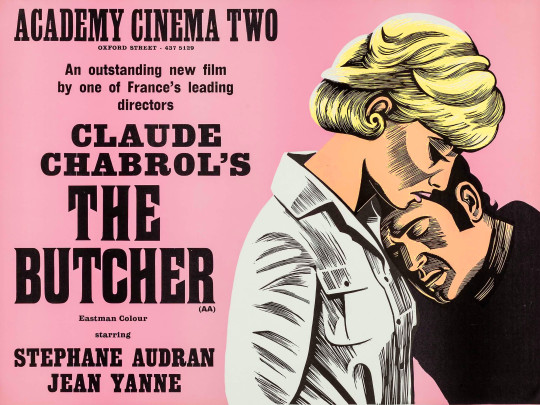
Todd Hido is a photographer based in San Francisco. Many of the photographs here are from the book ‘Roaming’. I originally thought that the pictures were original chance moments taken from inside a car when it was raining, but now I know this is not the case.
Hido keeps at least three water bottles with him in his car. One time, I watch him spray his windshield before taking a landscape photograph. ‘I’ve learned from sheer disappointment that sometimes I need to take pictures, but it isn’t raining outside,’ he says.
Sometimes the artist sprays glycerin on the windshield, for a different kind of effect. It’s a technique he compares to changing paintbrushes. The size, direction and position of drops of water on the car window inform the photograph that results, and within these fictitious raindrops, Hido says he can ‘compose’ the real picture that he wants to see. Ultimately, each photograph is a composition. It is a way of giving shape to a mental state, as opposed to capturing an actual setting.
To me it doesn’t really matter if the subjects of the photos below are staged or not as they are just unusually beautiful to my eyes.
Years ago I was asked not to make a music video, but to find some footage for a song. It happened that very weekend I was in a car in a thunderstorm near Ashley and I shot some footage of a tree being distorted in the window screen with lightning. The song was a statement of forlorn hopelessness and the tree looked sad to me, it was the perfect moment. The result is here.

Todd Hido – Untitled #3333, 2004
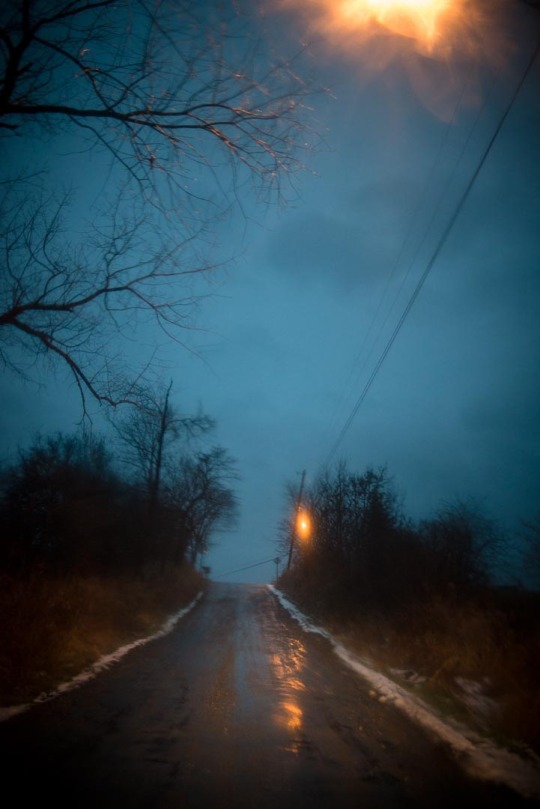
Todd Hido – Untitled #11385-1746, 2014

Todd Hido – Untitled #9198, 2010
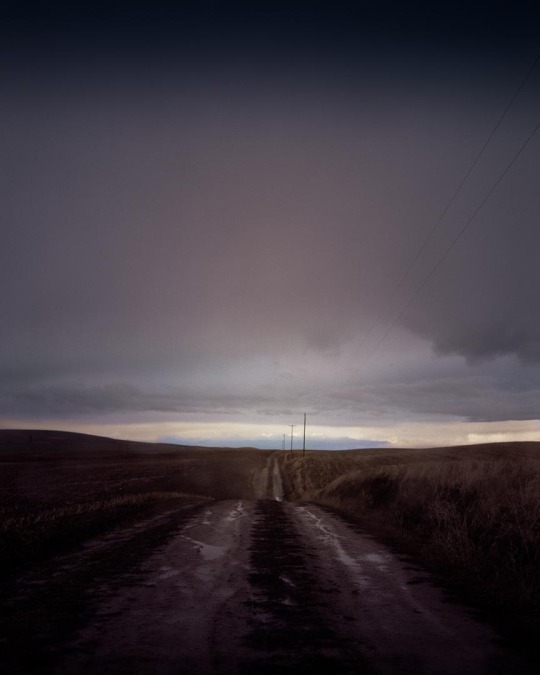
Todd Hido – Untitled #3223, 2003
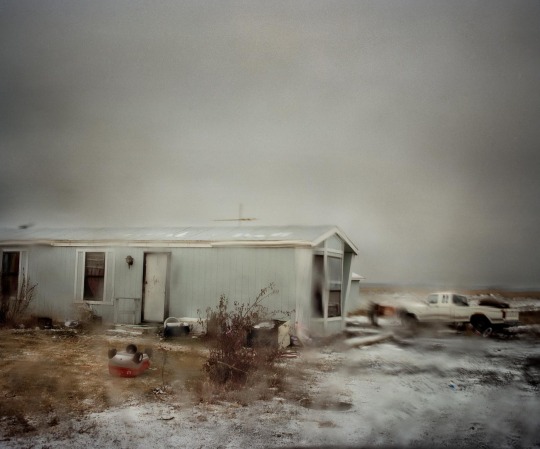
Todd Hido – Untitled #9197, 2010
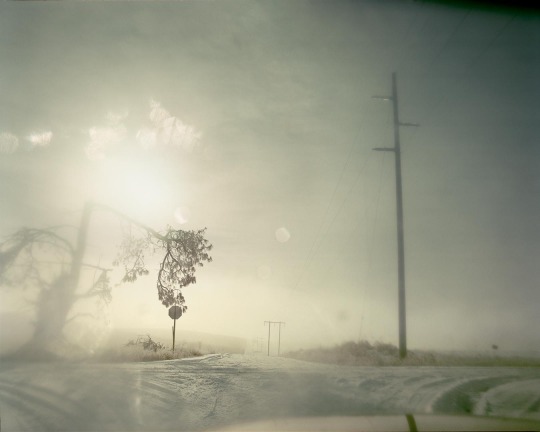
Todd Hido – Untitled #6097-4, 2007

Todd Hido – #6093, 2008
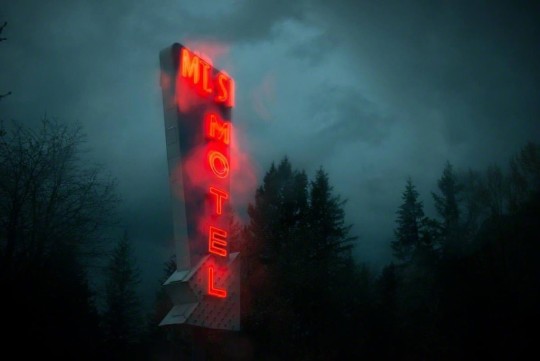
Todd Hido – Untitled #11793- 9406, 2017
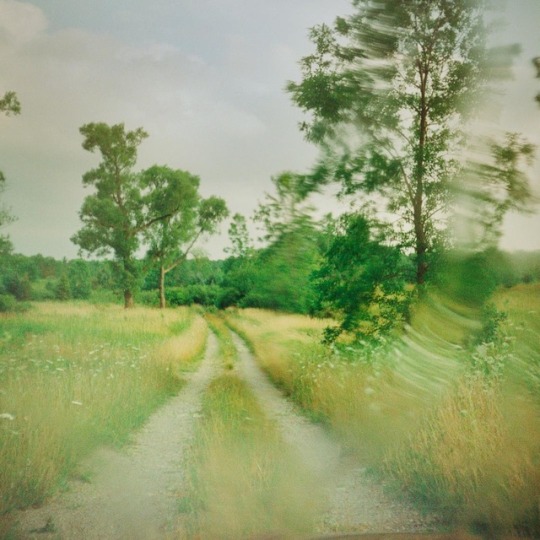
Todd Hido – Untitled 8227-A, 2009
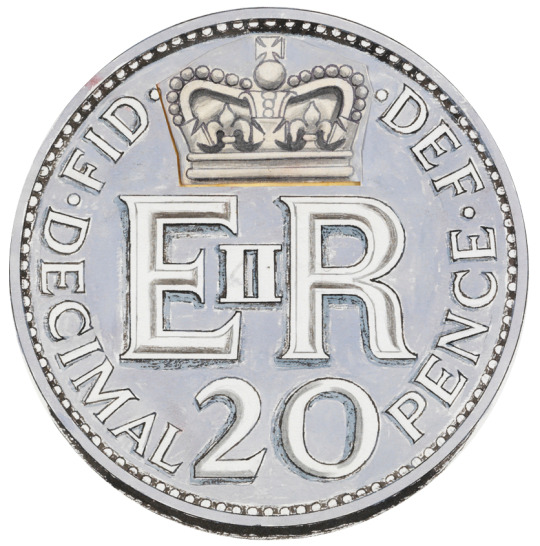
Decimal Day in the United Kingdom was on 15 February 1971, the day on which each country decimalised its respective £sd currency of pounds, shillings, and pence.
The first decimal coins that appeared in the United Kingdom back in 1968 were a well-loved representation of British heritage at that time. 40 years later, in 2008, we wanted to update the coins with a fresh set of designs.
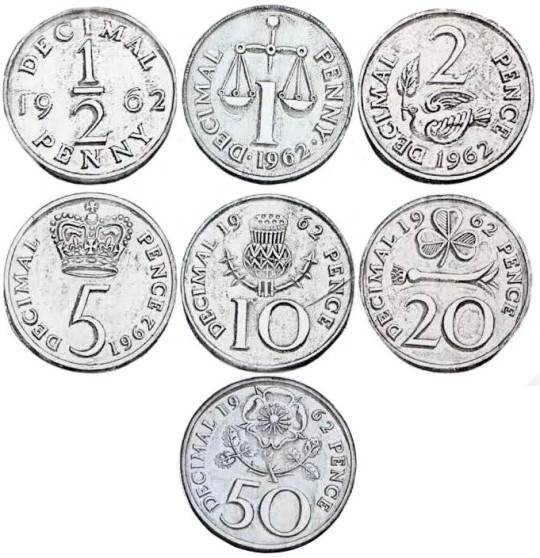
The process began with a competition. The Royal Mint asked people to submit designs for the six coins that could stand alone or work as a set. We were looking for designs that would symbolise Britain, perhaps by using traditional heraldry, though designers were free to explore all options.
As well as inviting specially chosen artists and coin designers to submit designs, we also opened the competition out to the general public. People were invited to send in their designs for six coins: the 1p, 2p, 5p, 10p, 20p and 50p pieces. The £1 was initially left out of the competition.
Here are Edward Bawden’s designs.
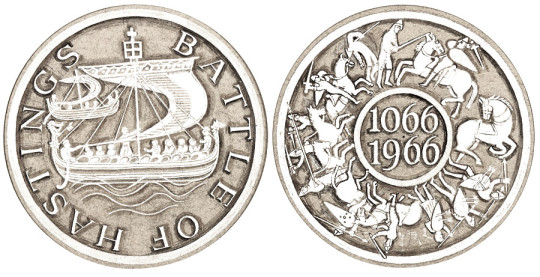

When I think of the houses designed by Oliver Hill I imagine either the architectural wedding cake houses of the Essex coastline or Agatha Christie’s Poirot where many of Hill’s houses where used for external shots.
Hill was born in 1887 and would have observed the fashion of Arts and Crafts. The early houses he designed are almost post-arts and crafts, they look like country houses people lived in, not William Morris fantasy castles. They are softer and less regimented. He soon became known as an architect for the rich, designing country houses.
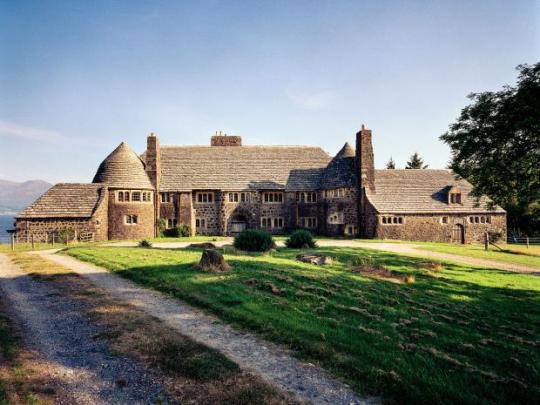
Cour House, Carradale, Kintyre, Argyll
Above is Cour House, Kintyre. Built between 1921-2, it is a large house in three wings. The walls are whinstone rubble walls. There is a Library to the East of the Hall and a long rear wing to the West.
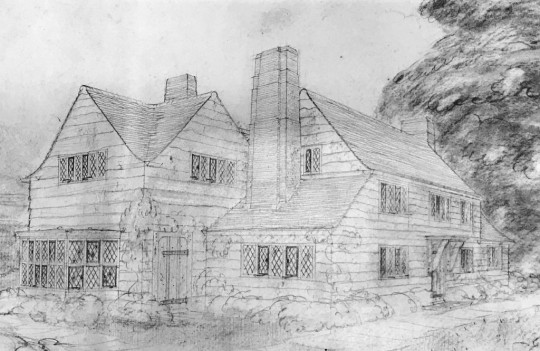
Fox Steep, Highfield Lane, Holly Cross, nr Wargrave, Reading, 1925
In 1922, the Site was purchased by Mr & Mrs Donald van den Bergh, who were looking for a place to build a weekend retreat. Donald was the son of the Industrialist Henry van den Bergh, born in Oss in the Netherlands, moved to London in 1870 to work in the family margarine business. This merged with Lever Brothers to become Unilever in 1929.
The Fox Streep site was named ‘the Foxes’ at the time of purchase and was apparently being used as a small Inn. The Van den Bergh’s appointed Oliver Hill as architect to create a cottage orné with all the conveniences of a small-scale country house. Gertrude Jekyll was consulted for advice on the layout of the gardens and Albert van de Velde completed the interior decoration.
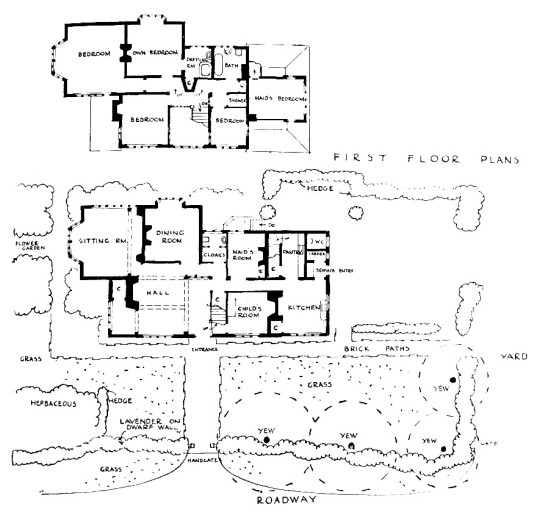
Oliver Hills plans for Fox Streep, c1922
The house was originally supplied with both gas and electric, with the facilities for storing gas and plant for generating electricity situated in the external garage buildings to the north. A chauffeur’s flat was built next to the garage and above the garage there was an indoor playroom, known as the ‘sunshine room’ and quoit court to provide a space for activity for the van den Burgh’s daughter, particularly at times with poor weather.
The van den Burgh’s permitted the house could be used for refugees
during the second world war, after which the family sold the property. †

Cock Rock, Croyde, North Devon, 1925 – Front of the property
Designed by Oliver Hill and built c1925. The house burnt down in 1943, leaving a few remnants around a tall stone chimney and a separate thatched pump house. A new house was built in 1953, also designed by Oliver Hill and slightly SW of the first one. Here the images are of the 1925 property. I love how the house is in three parts with the dramatic chimneys. The house is thatched and with so many chimneys it might have also been the reason of its downfall in 1953.
Part of the charm Hill has with many of these designs is understanding the architectural vernacular of the area. Before house design was more industrialised areas did have a tone and style of housing of their own. The Fox Steep house has cleft wood panelling. Here the Devonshire house has white painted walls and a slightly irregular shape roofline.
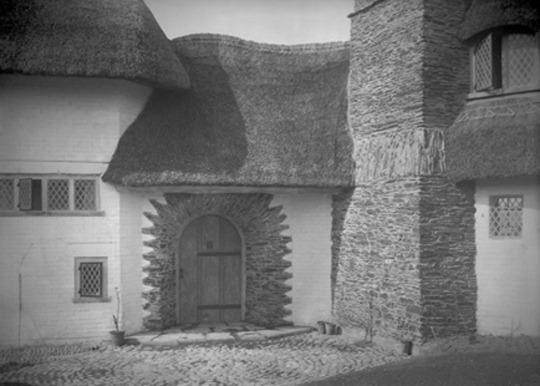
Cock Rock, Croyde, North Devon, 1925 – Front door
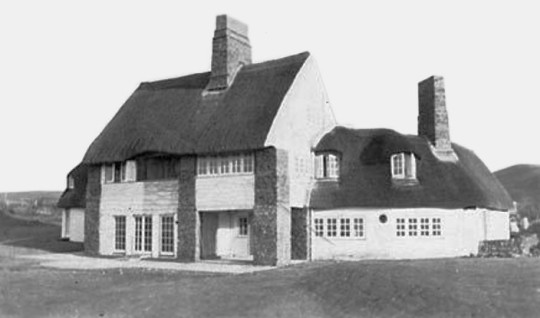
Cock Rock, Croyde, North Devon, 1925 – rear of the property
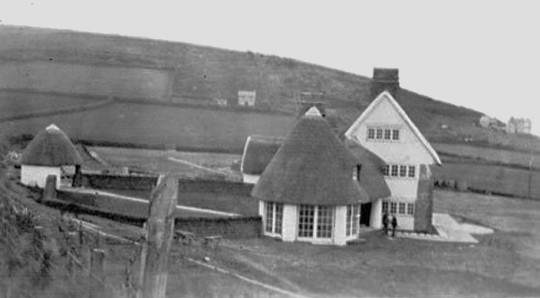
Cock Rock, Croyde, North Devon, 1925 – To the side
The last house in my list (below) is a good example of how the eye can be fooled. At a first glance this house looks like it has been standing for hundreds of years but in fact it was built from scratch in 1925. It is the most beautiful of all the early designs by Hill I have seen. Traditional but with much more light coming into the building. It reminds me in some ways of the modernism that Frank Lloyd Wright was also trying to subvert from traditional architecture.
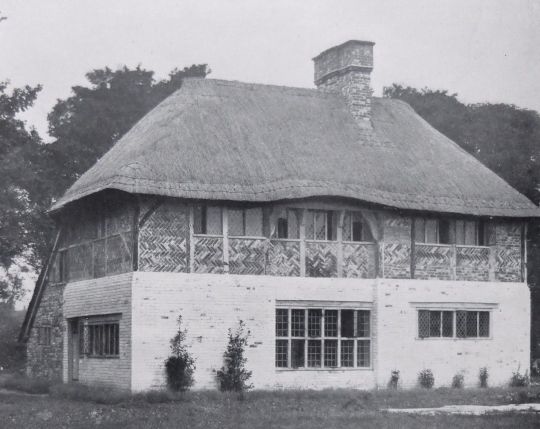
Prinsted Farmhouse, Sussex, 1924
This house was recently built for an invalided officer who is working a small farm in West Sussex. The picturesque traditional manner in which it has been built was with oak timbering and brick nogging above. The found floor is laid with white elm boards, and the doors are simply constructed of elm cross boarding. Elm was also used for the staircase. The floor contains the living room, workroom, office, and kitchen.
Dr. Lindley Scott has filled the charming house, designed by Mr. Oliver Hill, with choice furnishings; and the garden is a miracle considering the confined space. This consists in a long strip following the old course of the Westbourne River ‡
† Fox Steep House – Wokingham Borough Council
‡ The Smaller House – Architectural Press, 1924